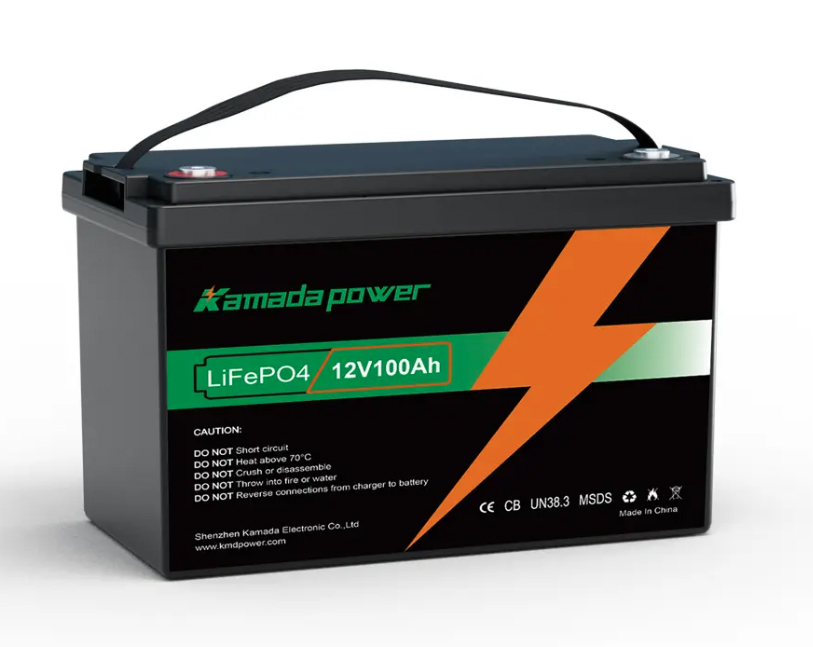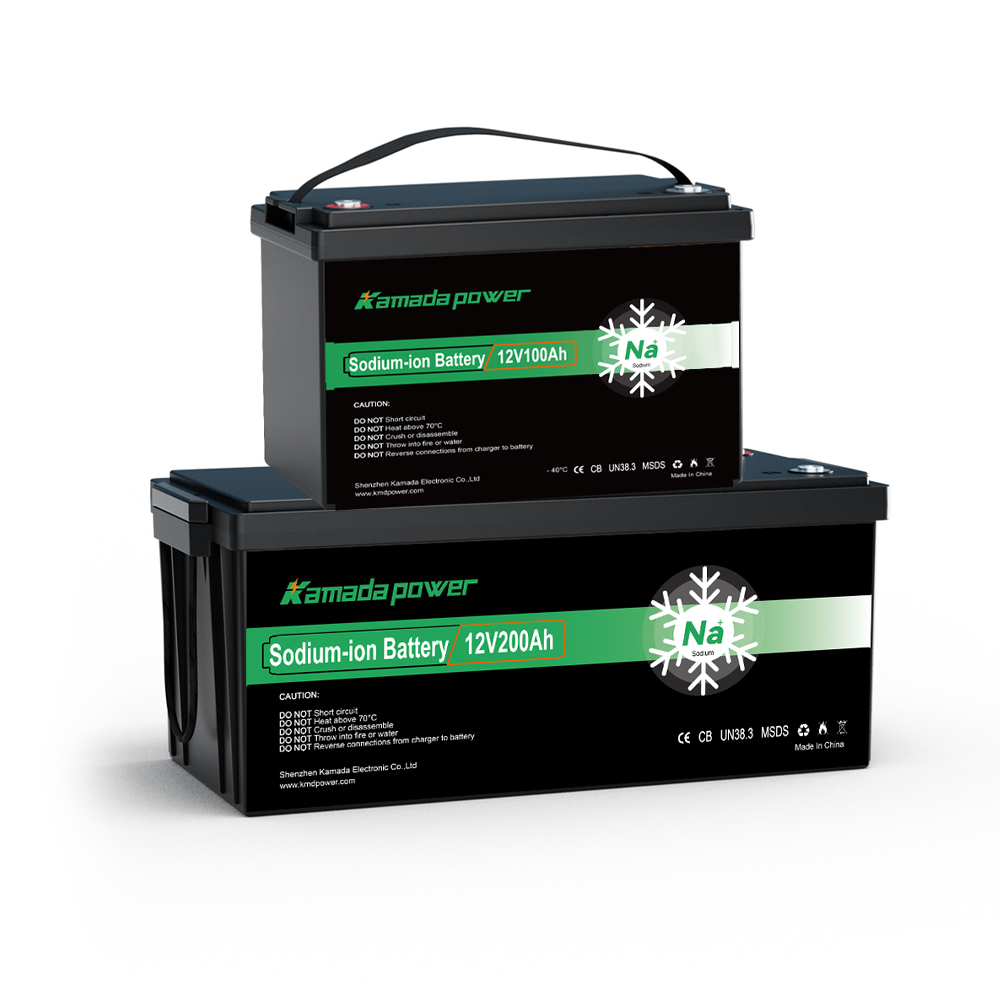Marine Battery Basics: What You Need to Know. Picture this: a survey vessel is miles offshore, its autonomous equipment gathering critical data. Then, the power dies. The mission’s a bust, the vessel is adrift, and a day of costly operations just went down the drain. This isn’t a minor hiccup; it’s a serious hit to your budget and a major safety concern. That single point of failure? It often traces back to the battery.
Too often, we see the power source treated as an afterthought for industrial gear. The reality is, the battery is the heart of your operation. It powers everything from the starter on a workboat to the navigation systems on a freighter.
In this guide, we’ll break down the essentials. Drawing on our direct experience designing power systems, we’ll use the tough marine world as our benchmark to explain the core principles of a robust battery. You’ll learn how to select the right power source to keep things reliable and get the most out of your investment.

12v 100ah lifepo4 battery

12v 100ah sodium ion battery
Marine vs. Car Batteries: A Critical Difference
Let’s get one thing straight right away, because it’s a costly mistake we see all too often. You simply can’t use a standard car battery for a demanding application. The reason why is all about the engineering.
Marine battery manufacturers build them specifically for the constant vibration and pounding of a marine environment. A car battery just needs to deliver a massive, short burst of energy to start the engine (that’s the “SLI” in Starting, Lighting, Ignition). A marine battery, on the other hand, is usually built to provide a steady, reliable stream of power for hours on end. That’s the core of deep-cycle technology, and it’s the same reason you wouldn’t use a car battery to run a forklift for an entire shift.
Here’s a quick look at the key differences:
| Feature | Car Battery | Marine Battery |
|---|
| Construction | Standard | Heavy-duty, vibration-resistant |
| Primary Use | High-burst starting (SLI) | Starting, Deep Cycle, or Both |
| Plate Design | Thinner plates | Thicker, denser plates (Deep Cycle) |
| Use Case | Paved roads | Constant pounding, high-vibration |
Understanding the 3 Main Types of Marine Batteries
Function dictates form. In the industrial battery world, power sources are built for specific jobs. We can break them down into three main groups.
1. Marine Starting Batteries: The Sprinter
Think of it this way: a starting battery is all about a quick, massive burst of power to crank an engine. Its only job is to get that heavy inboard or outboard motor running. The key spec you’ll look for here is Marine Cranking Amps (MCA)—that’s its starting power at 32°F (0°C). For industrial machinery, this is what you’d pick to fire up large diesel generators.
2. Deep Cycle Batteries: The Marathon Runner
This is the true workhorse for most commercial applications. A deep cycle battery is built for the long haul, providing sustained, stable power over time. Inside, it uses thick, dense plates that can handle being deeply discharged and recharged over and over without falling apart.
This is the battery that powers your “house” loads—the electronics, the navigation gear, the entire electrical system of a commercial forklift, or the backup power for a remote telecom tower. Its performance is measured in Amp-hours (Ah) for total capacity and, importantly, its cycle life, which tells you how many of those discharge/recharge cycles it can survive.
3. Dual-Purpose Batteries: The All-Rounder
Just like the name suggests, this one’s a hybrid. It tries to do both jobs—delivering a solid punch to start an engine while also handling some moderate deep cycling. It can be a decent solution for smaller boats or equipment with a single battery bank. Just remember the trade-off: it’s a jack-of-all-trades, but a master of none.
Chemistry Showdown: Which Technology is Right for You?
This is where procurement officers and engineers need to zero in. The chemistry inside the battery dictates its performance, lifespan, weight, and the all-important total cost of ownership (TCO).
Traditional Lead-Acid & VRLA: The Workhorses
- Flooded Lead-Acid (FLA): This is the old-school tech. It’s cheap upfront, but it needs regular maintenance (topping off with distilled water) and has to be installed in a well-ventilated space.
- Absorbent Glass Mat (AGM) & Gel: These are both types of sealed, Valve-Regulated Lead-Acid (VRLA) batteries. Being sealed means they’re spill-proof and maintenance-free, a huge step up. AGM is great for high-current needs, while Gel batteries often give you a slightly longer deep cycle life.
Lithium (LiFePO4): The Modern Powerhouse
Let’s be honest, Lithium Iron Phosphate (LiFePO4) has completely changed the game. Sure, the upfront investment is higher. But the total cost of ownership (TCO) is where it really shines, and it’s often much lower in the long run.
Why? A LiFePO4 battery pack gives you 2-3 times more usable power than a lead-acid battery of the same size, weighs about half as much, and delivers 5-10 times the cycle life. We’re talking thousands of cycles compared to just a few hundred. A good LiFePO4 battery with a proper Battery Management System (BMS) can easily last a decade in a tough commercial setting.
A Note for Planners: The Rise of Sodium-Ion
For engineers planning long-term, another chemistry is worth watching: the sodium-ion battery pack. While LiFePO4 is the standard today, sodium-ion has real advantages. It promises lower costs because sodium is far more abundant than lithium. Plus, it has excellent extreme temperature performance, working much better in the deep cold without needing heaters. Keep this on your radar, especially for stationary storage in tough climates.
Conclusion
At the end of the day, picking the right battery isn’t about finding the cheapest option. It’s about matching the right engineering to the job at hand. Whether you’re outfitting a workboat fleet or designing a backup power system, the process is the same. Figure out the job—starting or deep cycle—then pick a chemistry that gives you the best long-term value and the reliability you need.
If you’re scoping out a power solution and want to run the numbers on the total cost of ownership, contact us.our engineering team can help. Let’s design a system that won’t let you down.
FAQ
How long do industrial deep-cycle batteries last?
That really comes down to chemistry and how you use it. A standard flooded lead-acid battery might give you 300-500 cycles, or 2-4 years. An AGM might get you 500-1000 cycles, or 4-7 years. A quality LiFePO4 battery, on the other hand, is in a different league, rated for 3,000 to 5,000+ cycles. It can easily last over a decade in commercial use.
Is a lithium battery upgrade worth the TCO for commercial fleets?
For most commercial fleets, the answer is a clear yes. The upfront cost is higher, but you save money over time. Lithium’s longer cycle life means fewer replacements, its higher efficiency means you waste less energy charging it, and its lighter weight can even improve vessel or vehicle performance.
What if my equipment operates in extreme cold or heat?
Temperature is a huge factor. Lead-acid batteries lose a ton of capacity in the cold. LiFePO4 does better, but you can’t charge it below freezing without a smart BMS that has a low-temp cutoff or heaters. For seriously cold environments, new tech like sodium-ion is very promising because it hangs on to its performance much better in the freezing cold